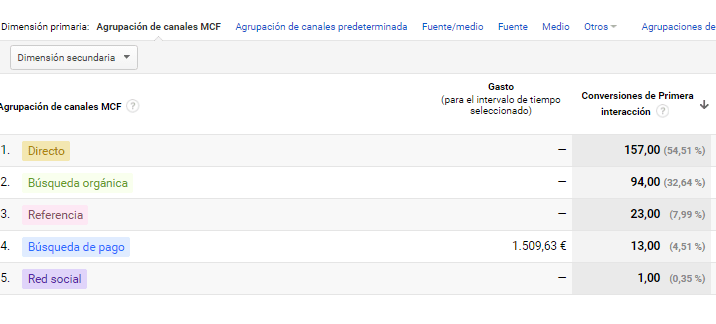 On the way to work on the Number 37, while you are reading the newspaper, you see an advertisement for a new Japanese restaurant that has just opened near to the next stop. Maki are your weak point, so you click to view what it is like and to find out what the restaurant is called or even leave open a tab on your smartphone or tablet. At lunchtime at work, you have a look at the menu from your computer and it appeals to you to try it. Sold! At home, once you have mentioned it to your partner, you go back to your smartphone and see that on the mobile version of the website there is a small yellow icon and a telephone number; you call, make a reservation and secure a table for dinner on Friday.
On the way to work on the Number 37, while you are reading the newspaper, you see an advertisement for a new Japanese restaurant that has just opened near to the next stop. Maki are your weak point, so you click to view what it is like and to find out what the restaurant is called or even leave open a tab on your smartphone or tablet. At lunchtime at work, you have a look at the menu from your computer and it appeals to you to try it. Sold! At home, once you have mentioned it to your partner, you go back to your smartphone and see that on the mobile version of the website there is a small yellow icon and a telephone number; you call, make a reservation and secure a table for dinner on Friday.
This is only an example of consumers who go from one device to another querying and making purchase decisions, etc. Indeed, the same query can bring a conversion made through the use of different devices, similar to this example. This is why, it is important to have a multi-channel vision of our business to maximise on the conversions received.
[one_half]
1.COMBINE AND CONQUER
According to a study carried out by Google, the smartphone is positioned at 65% as being the most popular device used to start a query or online purchase. Despite this, only 17% of these queries end up purchasing from the smartphone, while 45% of these queries are conversions in desktop or tablets and 82% in physical stores (in the case of retail).
To lead this process one of the basic aspects is the appearance of our site. Having a responsive design that adapts to all devices and allows users to browse in the way that is most convenient to them.
This does not mean just adapting everything on one device to another, rather it means designing the browsing experience on each device taking into account the size of the screen, interaction mode (tactile, mouse, keyboard, etc.). If this approach is not taken, you run the risk that 40% of your users go to a competitor’s site due to their bad experience on a smartphone, as shown with The Mobile Playbook.
[/one_half] [one_half_last]
2.THE SMARTPHONE; THE FIRST SCREEN
Considering that the majority of queries are started from the smartphone, it is extremely important that this first key opens all possible doors. A useful tool is the Google Adwords or Bing, that, apart from being able to segment the campaigns by device type, there are also other options such as geolocation, time frames, etc.
Apart from paid advertisements directly in the browser, there are many alternatives equally as efficient such as, for example, social network campaigns, good marketing content, inbound marketing, email marketing, etc. strategy. All this implies effort both in human and investment capital and it goes without saying that you want this to turn into a good conversion. The experience across different devices is an important factor to consider to ensure the effectiveness of the same!
[/one_half_last]
3.HOW TO MEASURE MULTI-CHANNEL CONVERSIONS
Having data at our finger tips that identifies the importance of conversions as a result of the process of different devices is worthless if we do not know how to measure the impact that strategies of this type have.

Google Analytics, for example, offers reports by type that record the results of the multi-channel conversion “funnel”. These reports show where the conversion started and where it finished and also allows you to filter by the first and last interaction to assess which of the same were the most effective.
